2023
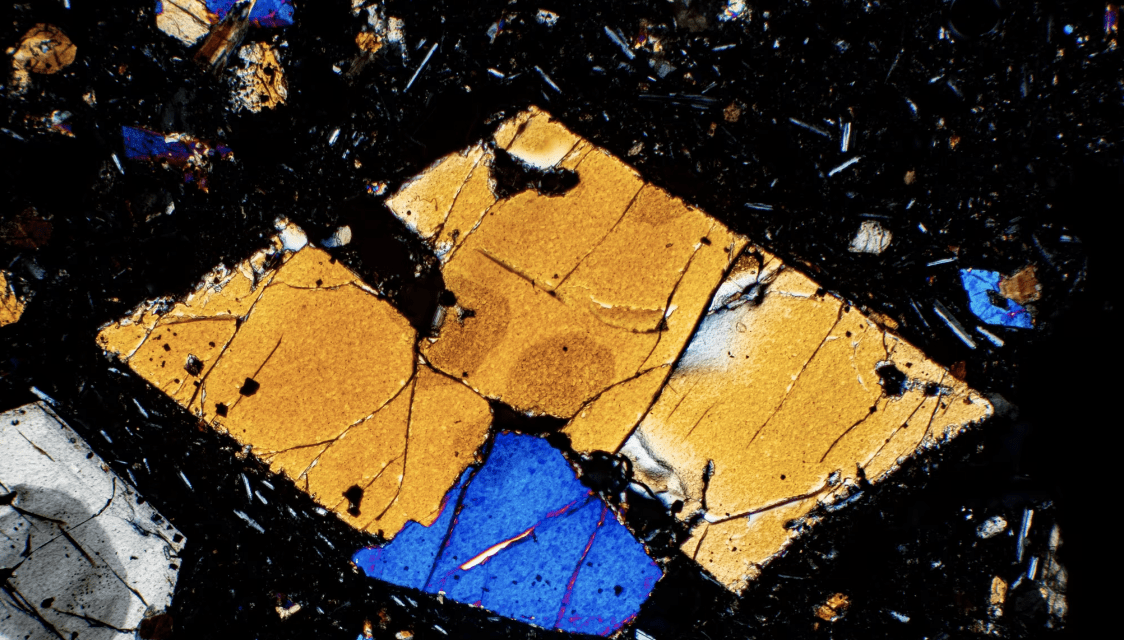
These crystal shards are four dimensional videos of volcanic underworld
The 2021 volcanic blast in the Canary Islands entombed more than 2800 buildings in lava and ash. Now scientists are searching for clues to understand what made La Palma’s first eruption in 50 years so powerful.
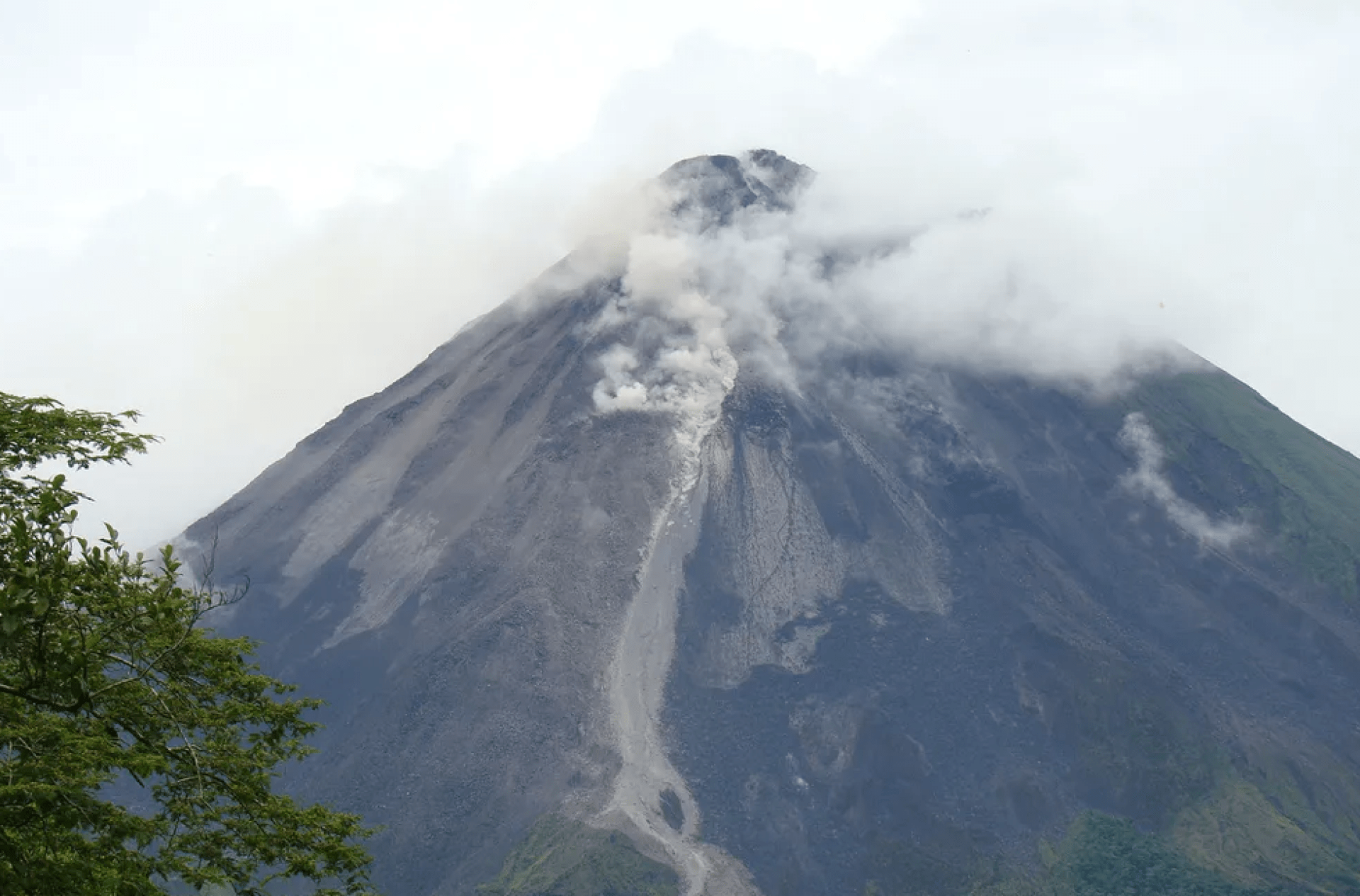
Why Central American volcanoes are ideal for studying Earth’s evolution
The volcanic arc extending from Mexico to Costa Rica expels a variety of magma types that make for a geological paradise.
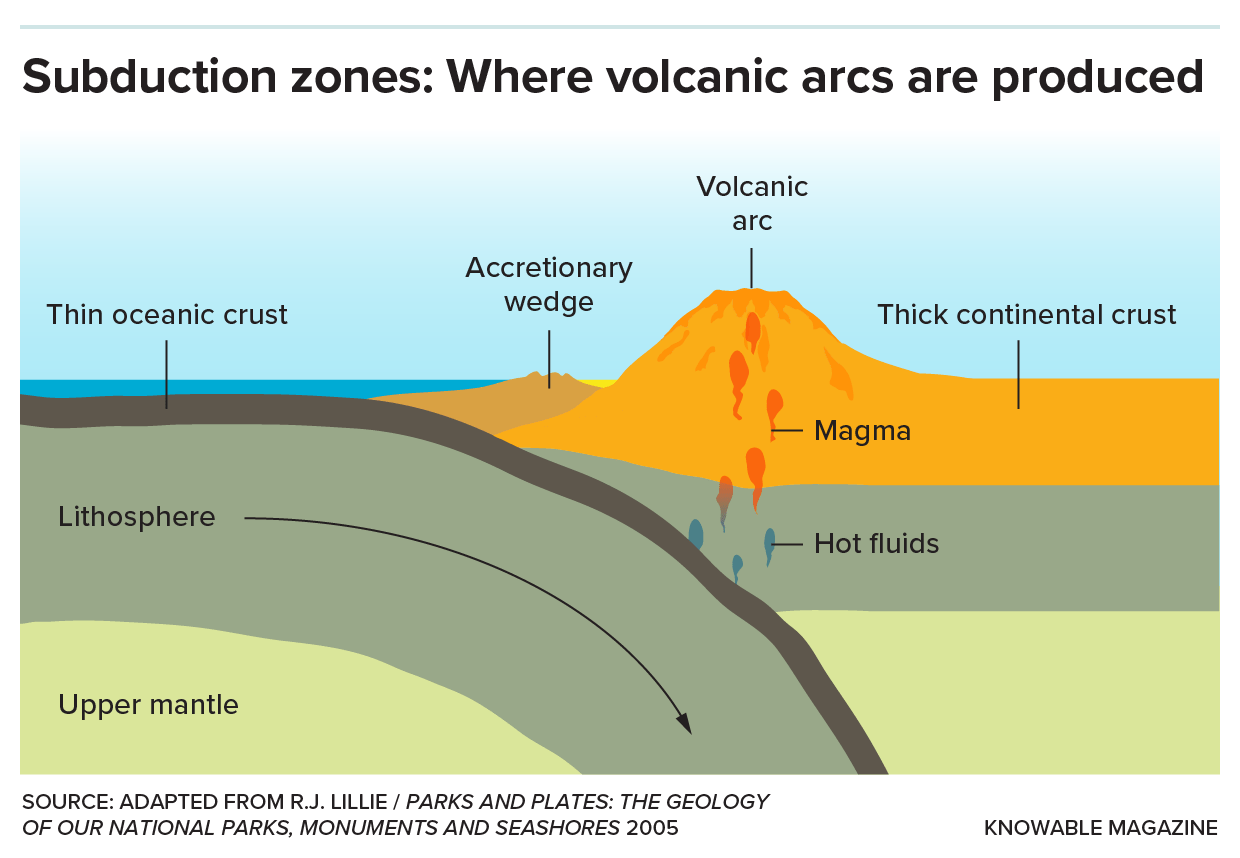
Central American volcanoes offer clues to Earth’s geological evolution
The Central American arc is relatively small, just 1,100 kilometers long. But it contains an important variety of different types of magmas, some of which are unique on the planet. It is a “geological paradise” hiding secrets worthy of investigation, says Esteban Gazel, a geochemist at Cornell University in Ithaca, New York.
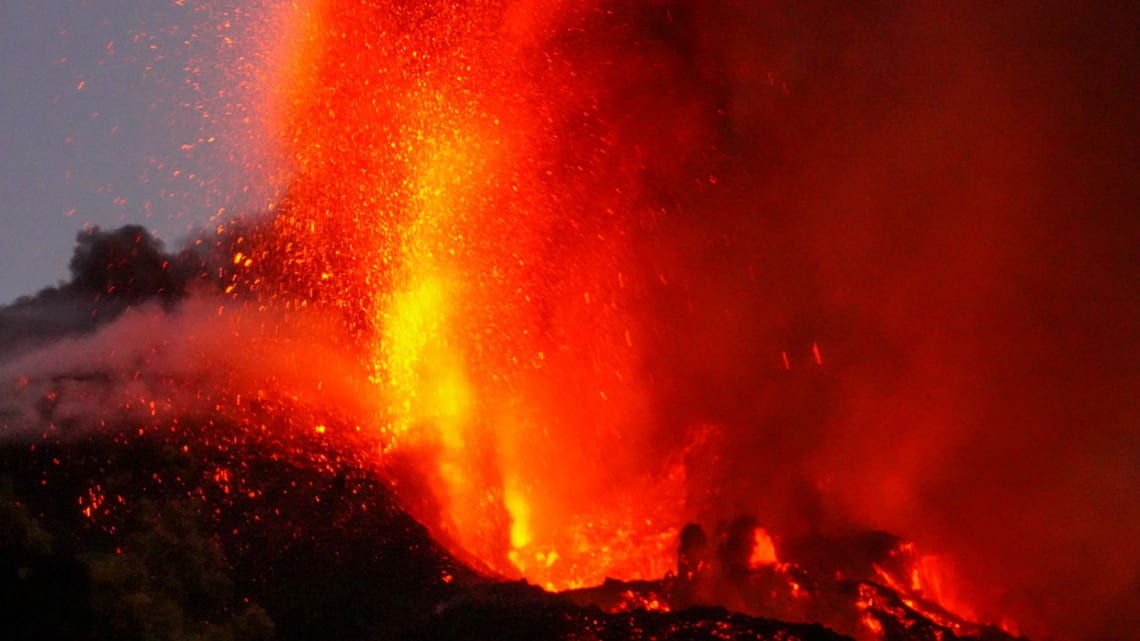
Precise magma locations aid volcanic eruption forecasts
Cornell researchers have unearthed precise, microscopic clues to where magma is stored, offering scientists – and government officials in populated areas – a way to better assess the risk of volcanic eruptions.
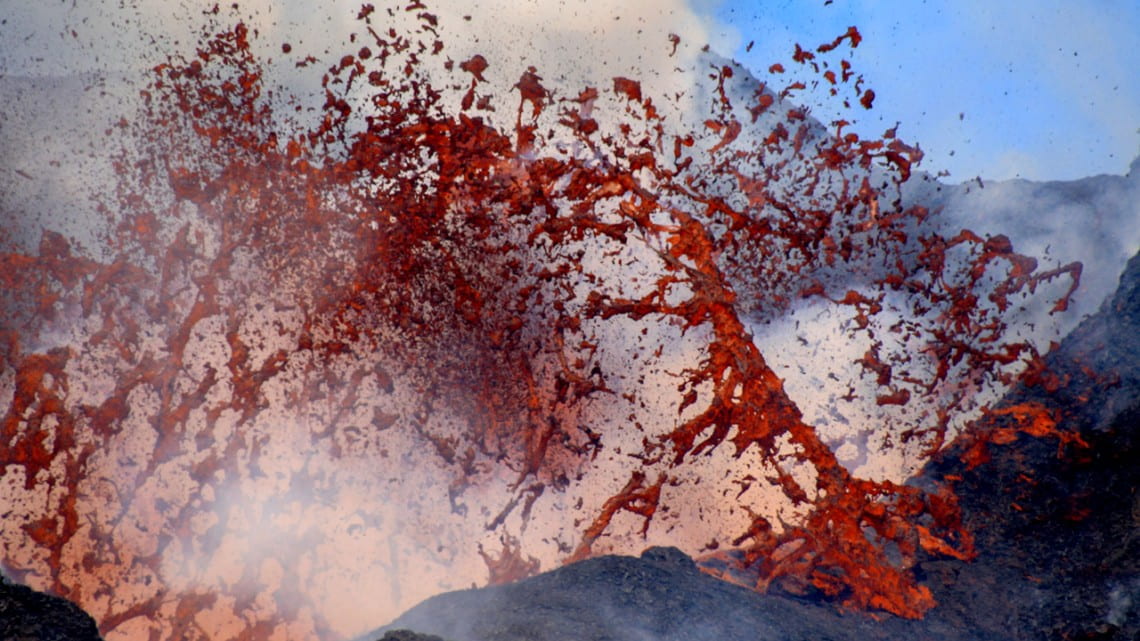
Carbon dioxide–not water–triggers explosive volcanoes
Geoscientists have long thought that water – along with shallow magma stored in Earth’s crust – drives volcanoes to erupt. Now, thanks to newly developed research tools at Cornell, scientists have learned that gaseous carbon dioxide can trigger explosive eruptions.
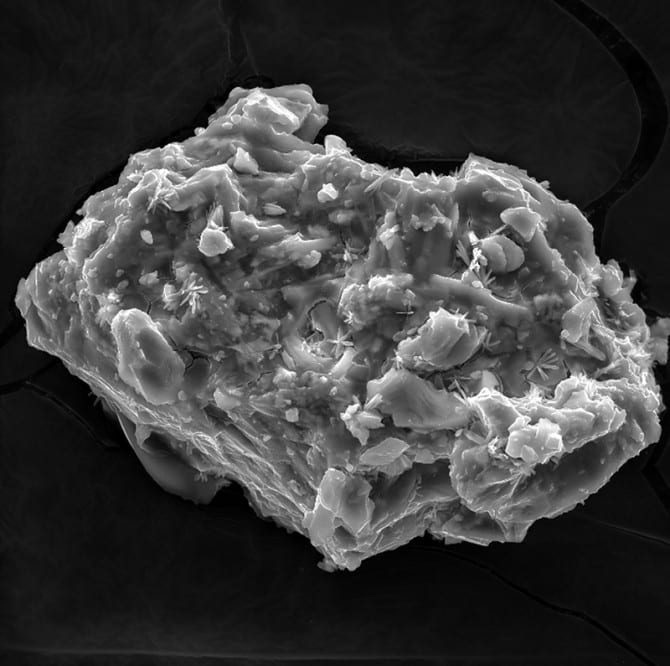
Cornell fills data gap for volcanic ash efects on Earth systems
To bridge the knowledge gap between volcanologists and atmospheric scientists working on climate change and observing global systems, Cornell researchers have characterized volcanic ash samples from many explosive eruptions of a broad compositional range.
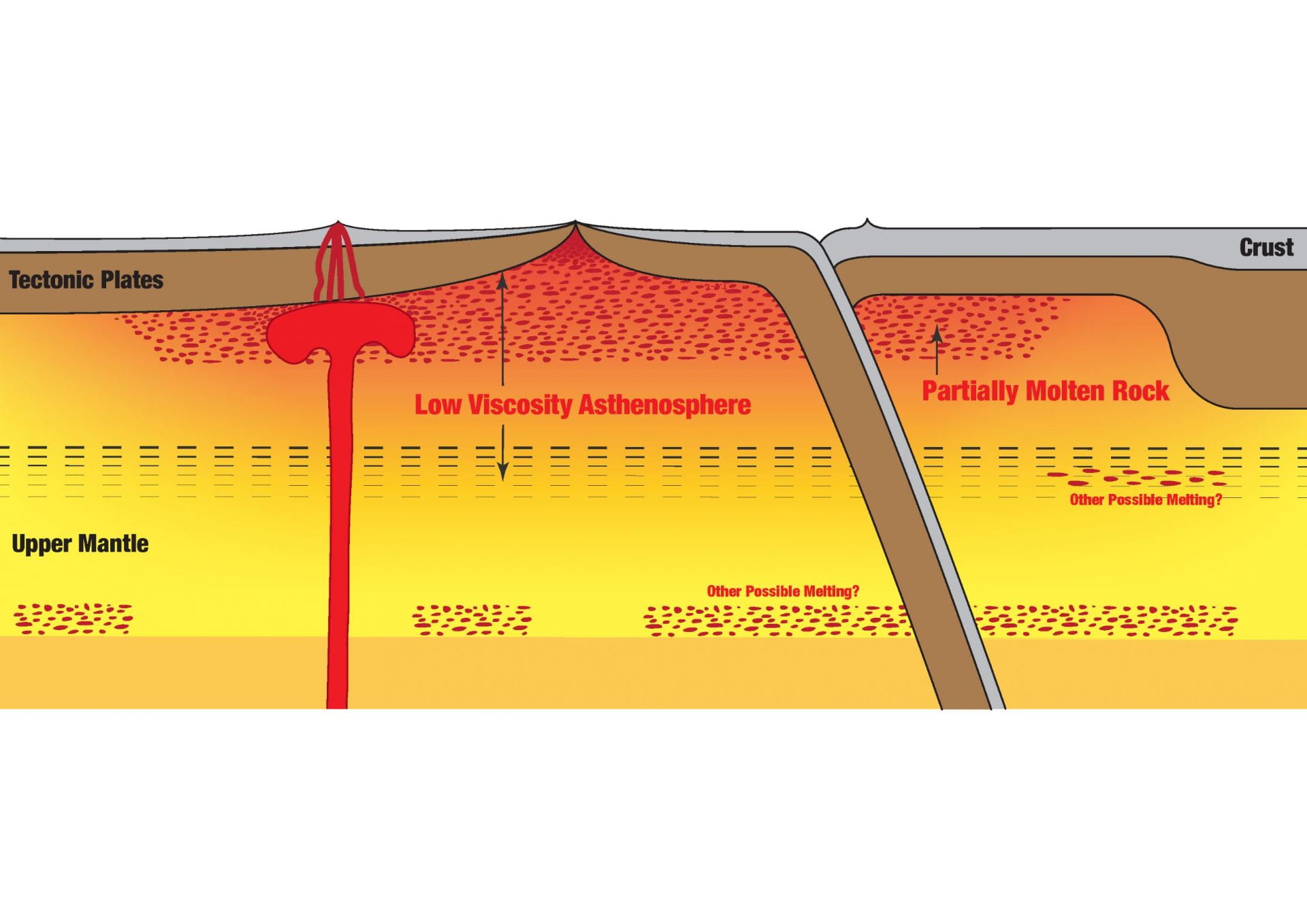
Scientists detect global layer of melt hidden below Earth’s tectonic plates
Scientists have detected a layer of melted rock encircling the Earth below its tectonic plates. Patches of the layer were known to exist, but a new study by a group of universities including Cornell has for the first time revealed its global extent.
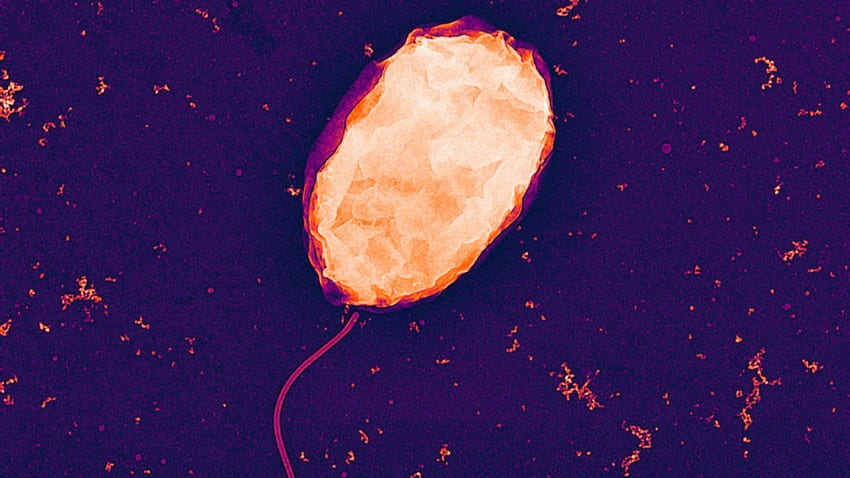
Little bacterium may make big impact on rare-earth processing
A tiny, hardworking bacterium – which weighs one-trillionth of a gram – may soon have a large influence on processing rare earth elements in an eco-friendly way.

Metal-loving microbes savor green way to refine rare earth
Cornell scientists have replaced the harsh chemical processing of rare earth elements – used to power electric cars, wind turbines and smartphones – with a benign practice called biosorption.
2022
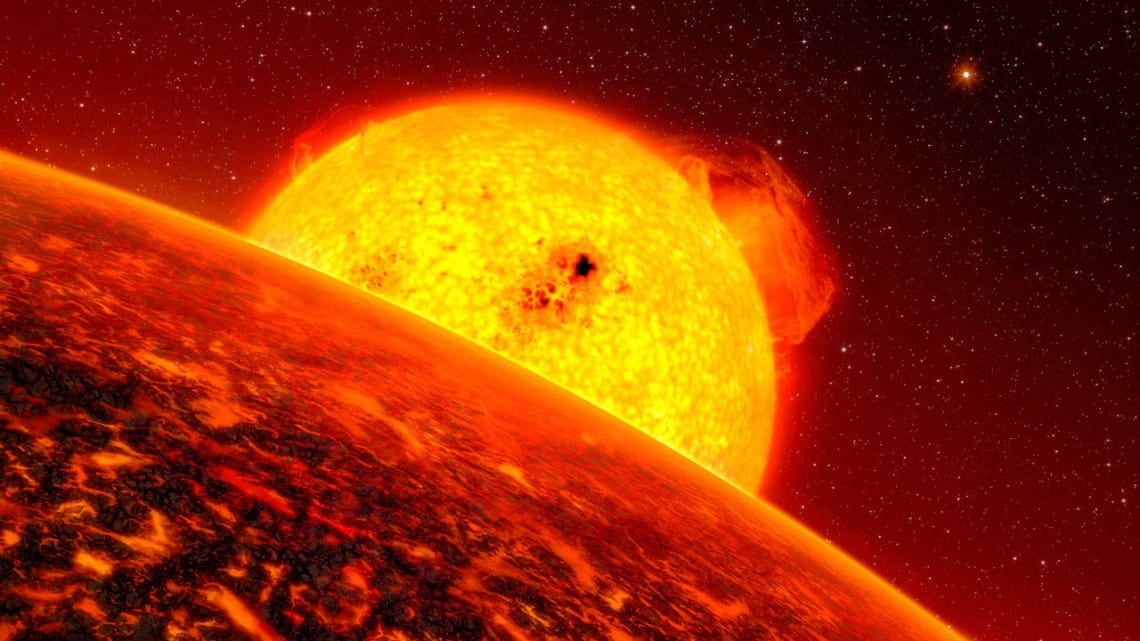
Synthetic lava in the lab aids exoplanet exploration
A multidisciplinary group of Cornell researchers – including EAS’ Esteban Gazel and Megan Holycross – has modeled and synthesized lava in the laboratory as the kinds of rock that may form on far-away exoplanets. They developed 16 types of surface compositions as a starter catalog for finding volcanic worlds that feature fiery landscapes and oceans of magma.
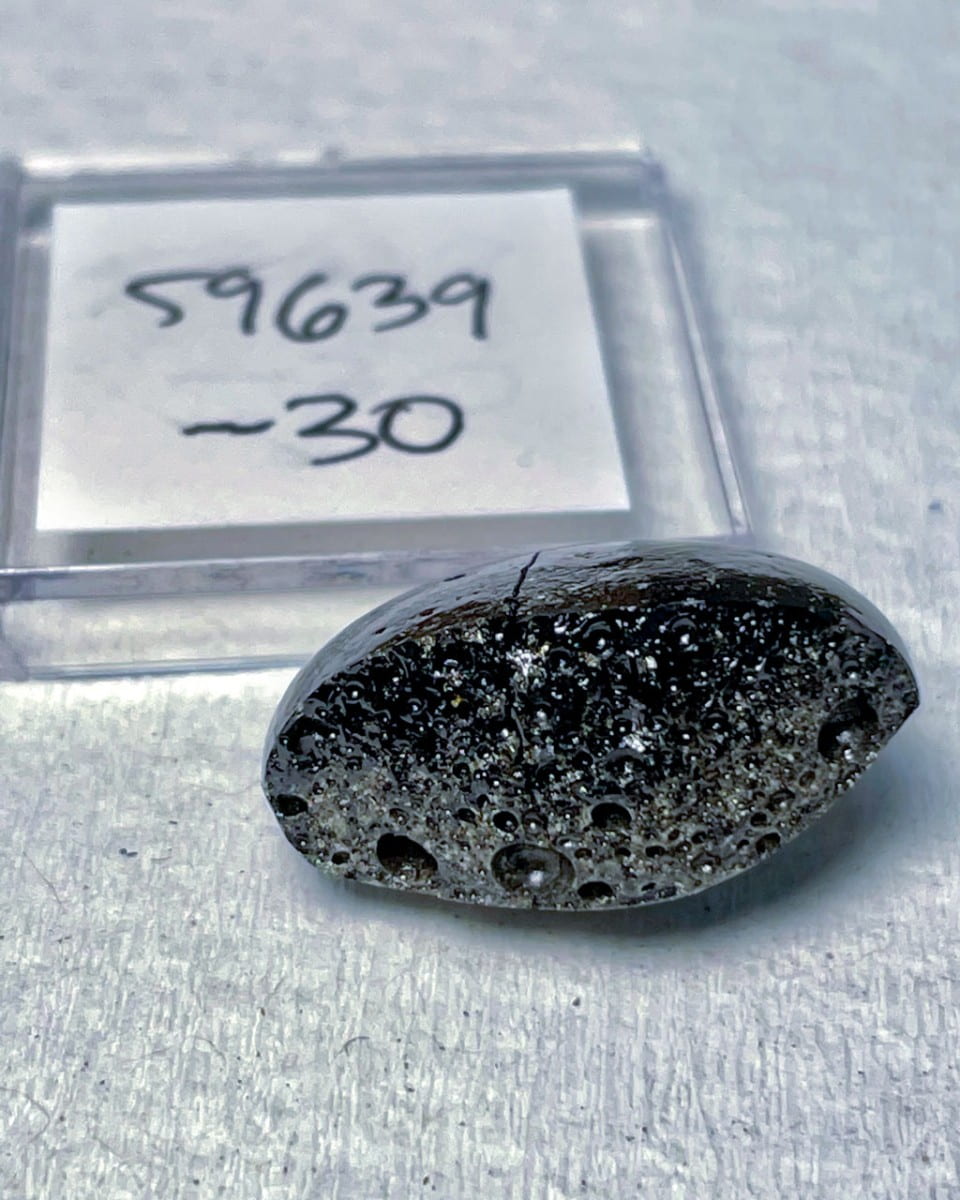
Engineers made synthetic alien lava to understand uninhabitable worlds
Scorching heat, pillars of darkened ash, gushing lava fountains. Volcanic eruptions on Earth are paradoxes of life and death, though they are nothing compared to entire planets embalmed in such a nightmare.
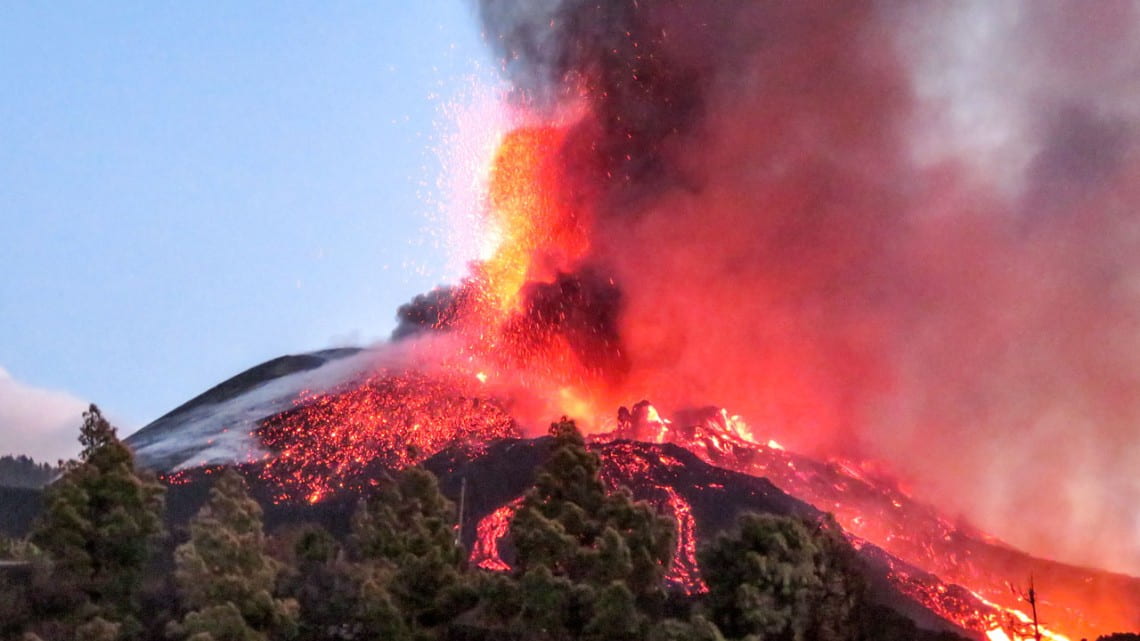
Cornell scientists coolly recall fiery volcano visit
Far above the populated towns on La Palma in Spain’s Canary Islands, off the coast of western Africa, Esteban Gazel and Kyle Dayton carried equipment from their car and hiked toward the erupting Cumbre Vieja volcano’s active vents.
2021
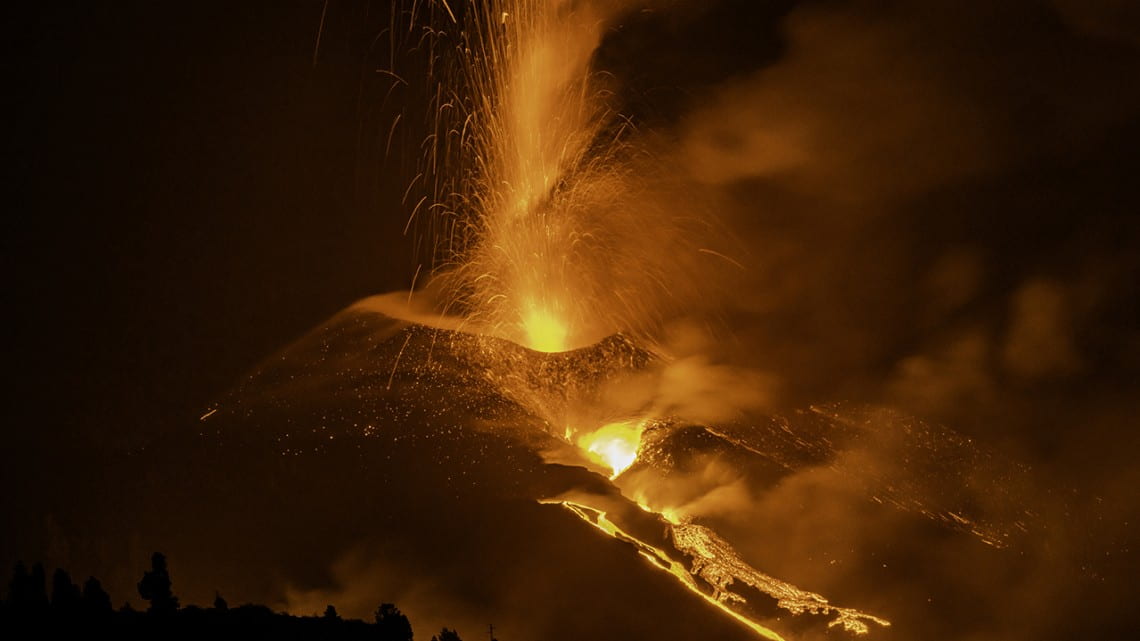
Cornell scientists to join team for live volcanic eruption
Among the Cornell faculty, Esteban Gazel arguably conducts the hottest research. But this time the geochemist should be safe from magma heat. Gazel and doctoral student Kyle Dayton will join a small, elite team of international researchers on Oct. 21 at the newly erupted Cumbre Vieja volcano on the island of La Palma in the Canary Islands – off the coast of western Africa.
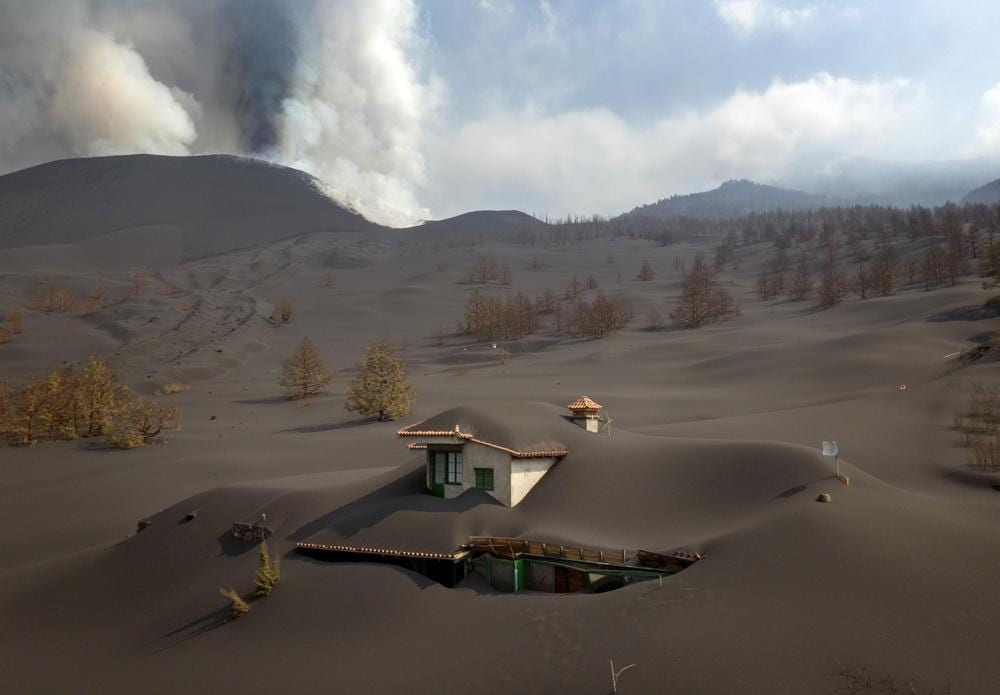
With no sign of eruption’s end, ash blankets La Palma Island
(ABC News/AP) — A volcano on the Spanish island of La Palma that has been erupting for six weeks spewed greater quantities of ash from its main mouth Sunday, a day after producing its strongest earthquake to date.
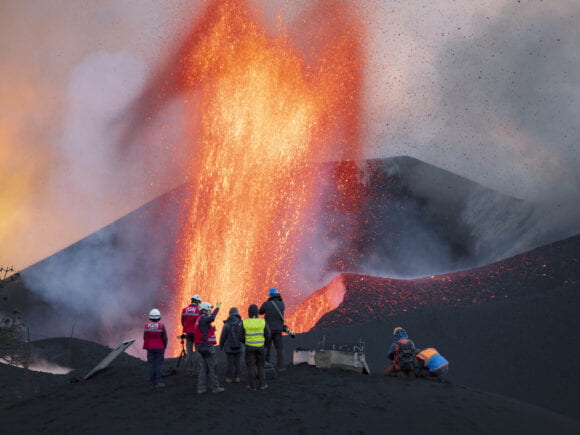
Island Turns into Open-Air Lab For Tech-Savvy Volcanologists
(Associated Press) — They come with eagle-eyed drones and high-precision instruments. Aided by satellites, they analyze gas emissions and the flows of molten rock. On the ground, they collect everything from the tiniest particles to “lava bombs” the size of watermelons that one of nature’s most powerful forces hurl as incandescent projectiles.
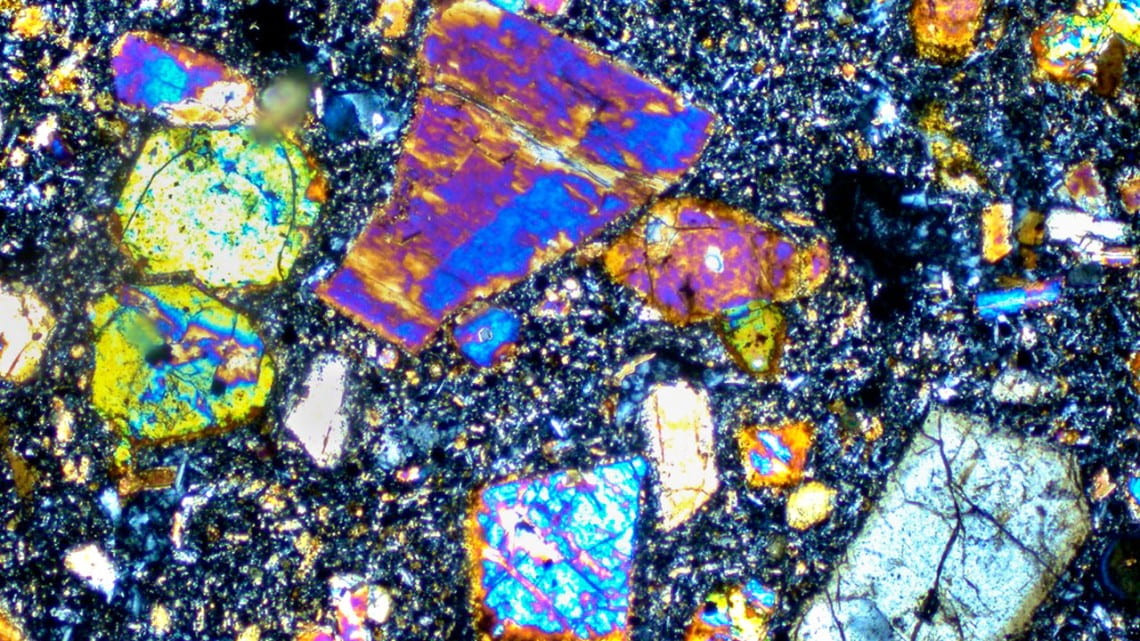
900-mile mantle pipeline connects Galapagos to Panama
A cold spring in Panama shouldn’t show strong signs of deep volcanic sources. But after researchers found one anomaly, they discovered several other sites with similarly unique signatures, stretching through the western half of the country and up into Costa Rica.
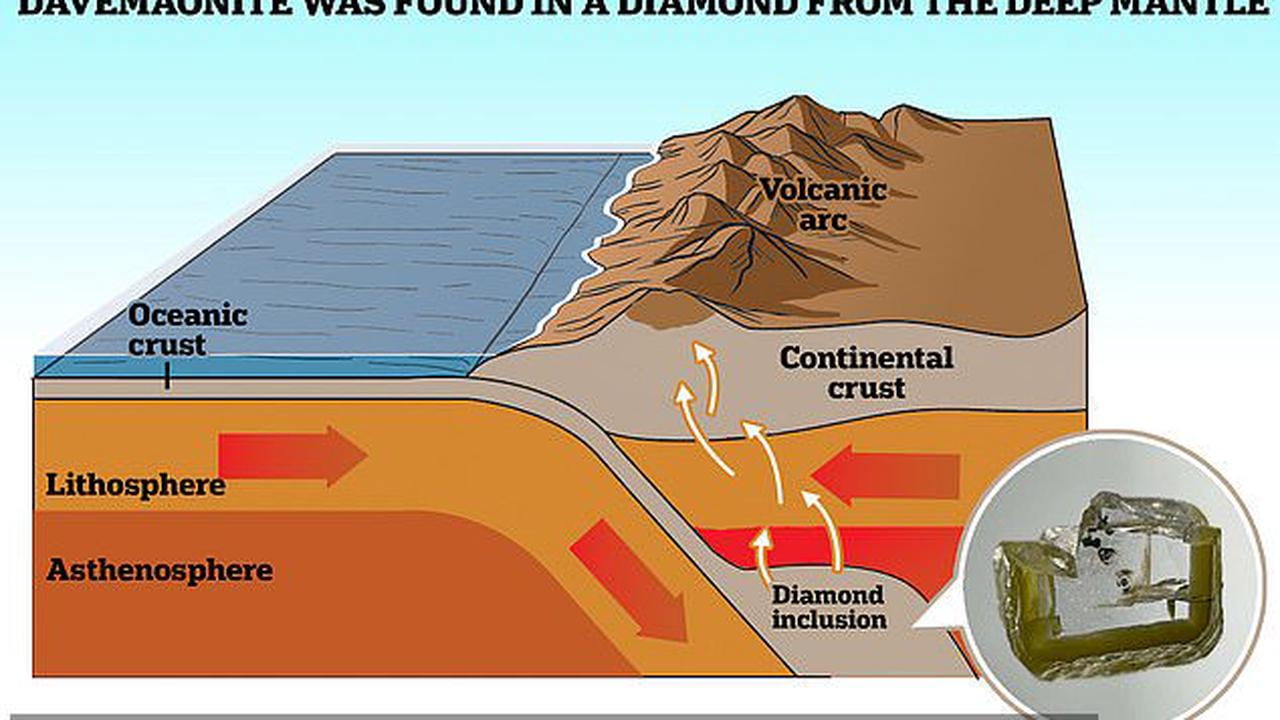
‘Mantle wind’ blows through slab window beneath Panama
A Woods Hole Oceanographic Institution-led team unravels the existence of a 900-mile-long mantle conduit between the Galapagos and Central America.
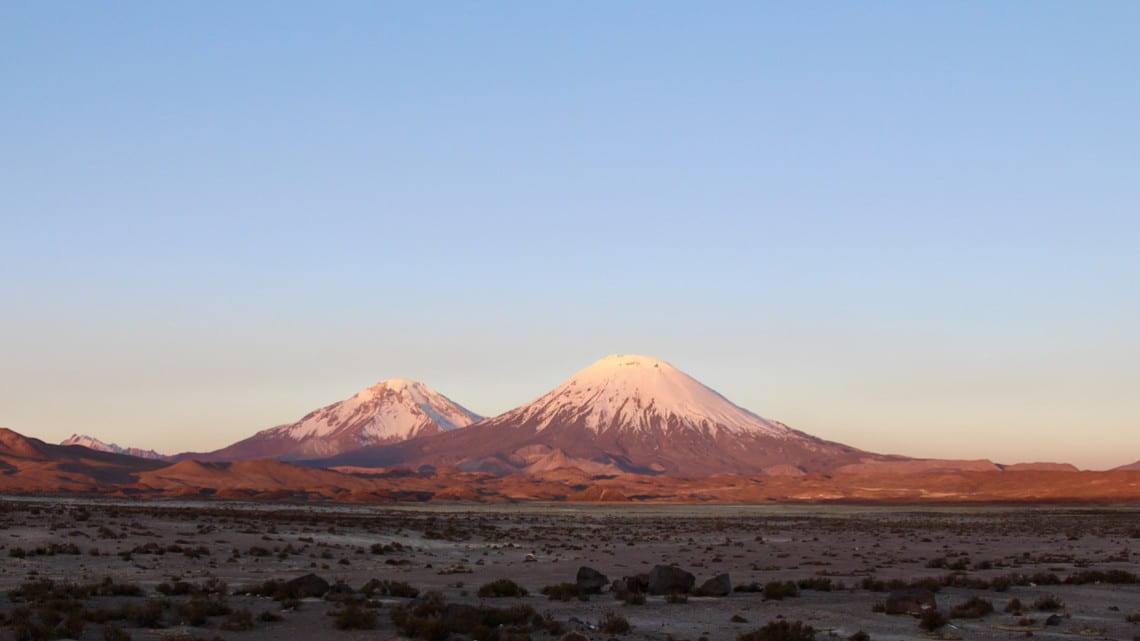
Recycling of tectonic plates a key driver of Earth’s oxygen budget
A new study co-led by a Cornell’s Esteban Gazel has identified serpentinite – a green rock that looks a bit like snakeskin and holds fluids in its mineral structures – as a key driver of the oxygen recycling process, which helped create and maintain the sustaining atmosphere for life on Earth.
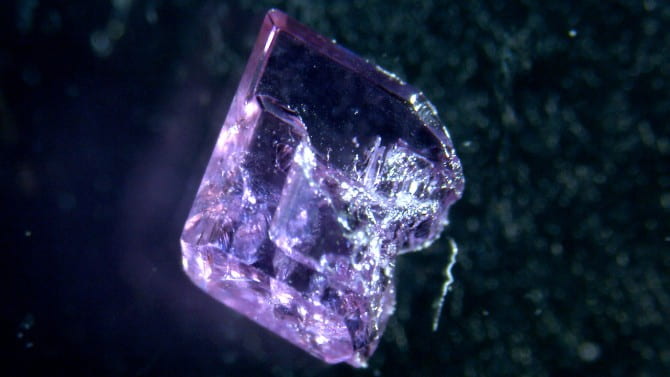
‘Bacteria could extract elements for modern tech sustainably
Cornell researchers are engineering bacteria to solve challenges of extracting rare earth elements from ore; the substances are vital for modern life but refining them after mining is costly, harms the environment and mostly occurs abroad.
2020
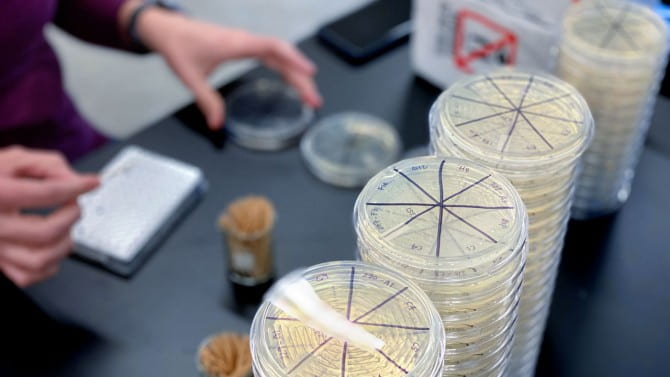
Using microbes, scientists aim to extract rare-earth elements
Collaborators from across Cornell, including Professors Esteban Gazel and Megan Holycross, were awarded $1M to mine rare-earth minerals used in consumer electronics and advanced renewable energy using programmed microbes.
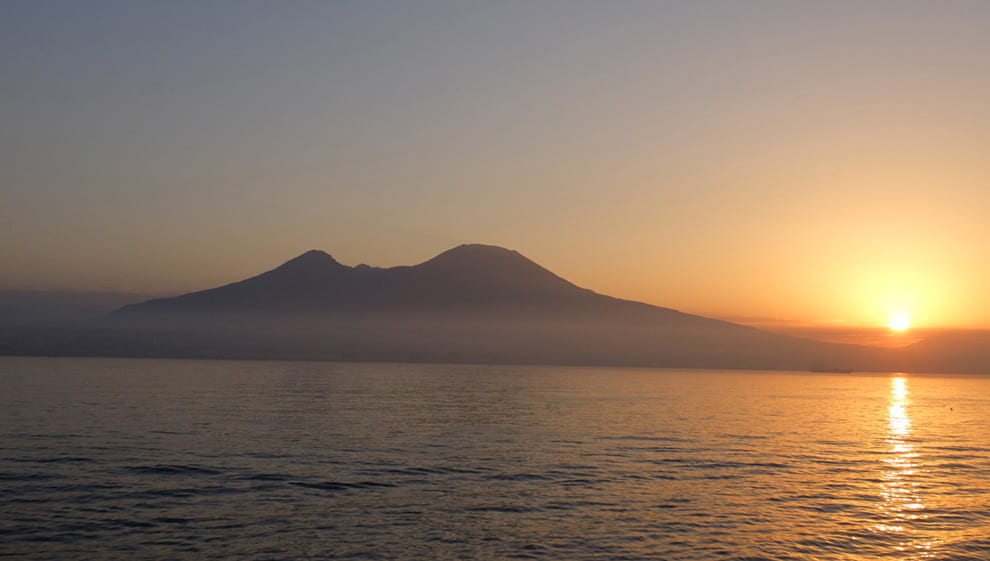
Cornell’s Department of Earth and Atmospheric Science Received a $1.4M NASA Grant to Study the Global Effects of Volcanic Ash on the Earth System
The interdisciplinary research team of Natalie Mahowald, Esteban Gazel, and Matthew Prichard from the Department of Earth and Atmospheric Sciences received a $1.4M grant from NASA to study the global effect of volcanic ash on the Earth system.
Cornell linked to three 51 Pegasi b astronomy postdocs
Emily First will join the Gazel Research Group, funded the 51 Pegasi b Fellowship for three years of postdoc work.
2019
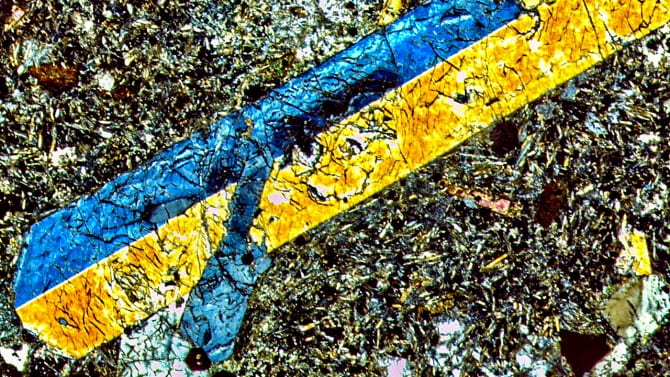
From Earth’s deep mantle, scientists discover a new way volcanoes form
The Gazel Research Group has discovered the first direct evidence that material from deep within Earth’s mantle transition zone – a layer rich in water, crystals and melted rock – can percolate to the surface to form volcanoes.
The volcano that built Bermuda is unlike any other on Earth
The Gazel Research Group was featured in an article in National Geographic for their findings on the volcano formed at the foundation of the island of Bermuda.
Atkinson Academic Venture Fund awards $1.3M to 10 projects
The Gazel Research Group and collaborators from Cornell’s Department of Biological and Environmental Engineering received a grant from the Atkinson Academic Venture Fund to mine rare Earth elements with engineered microorganisms.
2018
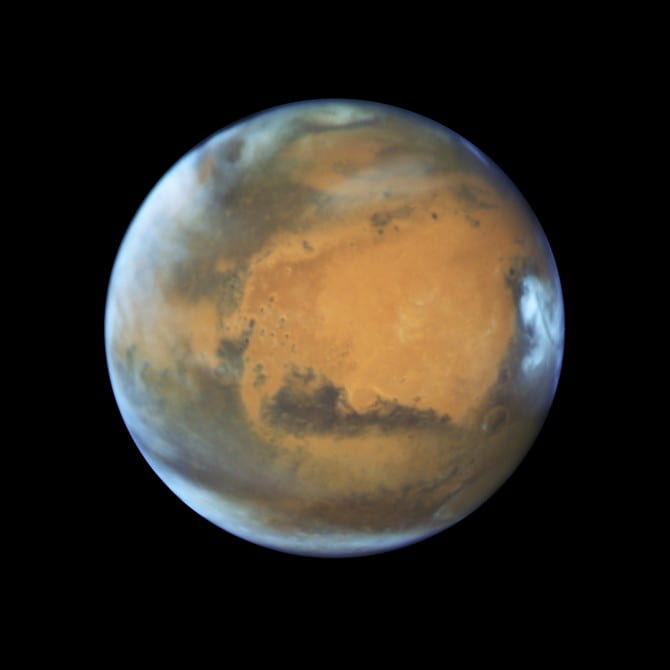
Mars’ crustal evolution does not follow Earth’s formula
Mars, strewn with rocks and pocked by craters, may not have an Earth-like, continental crust. Instead, the Gazel Research Group poses an alternative theory: Crystalized magma welled up from inside the red planet.
2017
Researchers discover hottest lavas that erupted in past 2.5 billion years
An international team of researchers led by geoscientists with the Virginia Tech College of Science, including Esteban Gazel, recently discovered that deep portions of Earth’s mantle might be as hot as it was more than 2.5 billion years ago.
2016
Exploring gigantic volcanic eruptions that caused worldwide mass extinctions
A paper published in Nature Communications by Virginia Tech researchers confirms a major feature in the formation of large igneous provinces — massive worldwide volcanic eruptions that created incredibly high volumes of lava and triggered environmental catastrophes and mass extinctions from 170 to 90 million years ago.
2015
How Panama Changed the World
How Did The Earth’s Continents Form? Scientists Move Big Step Closer To Solving Mystery
How did Earth’s continents form? That’s one of geoscience’s deepest mysteries, but now researchers may be a big step closer to solving it — after gaining a new understanding of the process that creates the continental crust, which makes up the land masses on which we live.
Geología de Costa Rica y Panamá da una pista sobre cómo se formó la corteza continental
Contrario a lo pensado hasta ahora, la creación de corteza continental se siguió dando hasta períodos geológicos muy recientes, según comprobó un investigador costarricense.
2014
When Was the Last Time Volcanoes Erupted on the East Coast?
Volcanoes on the East Coast of North America are more recent than you think—and they may be why the region still suffers relatively large earthquakes.
Documentary by Kevin Krajick, Earth Institute of Columbia University
The Isthmus of Panama: Out of the Deep Earth
Cornelia Class, a geochemist at Columbia University’s Lamont-Doherty Earth Observatory, and Esteban Gazel, a Lamont adjunct researcher now based at Virginia Polytechnic Institute, are looking into one of the most mysterious forces at work on this natural construction site: the Galápagos Plume.